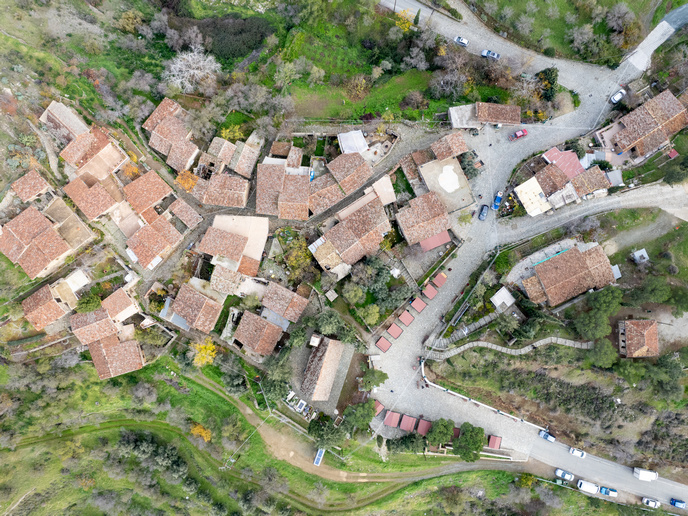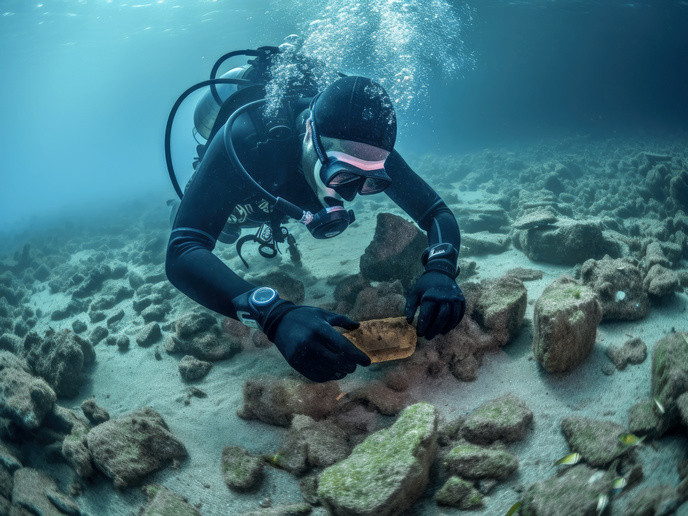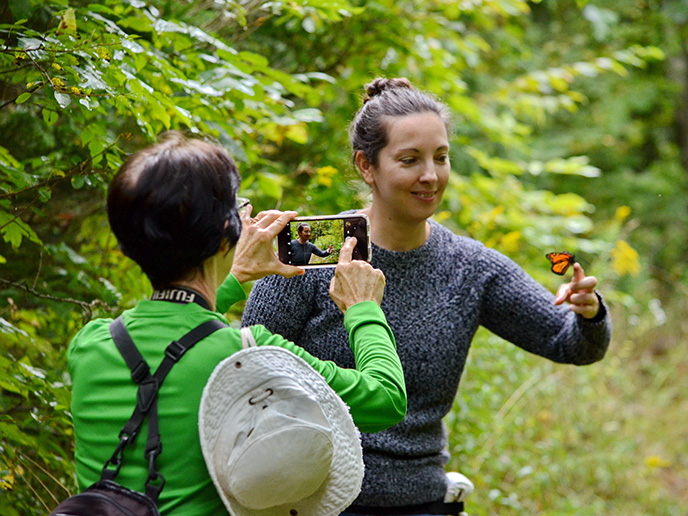Shaking hands with the authors of the Bible
The Dead Sea Scrolls are a set of Jewish religious texts dating from the 3rd century BCE to the 2nd century CE. Discovered in the Qumran Caves on the shores of the Dead Sea in the 1940s and 1950s, they provide the earliest recorded examples of the Hebrew Bible, before and during the emergence of Christianity. The EU-funded HandsandBible project is an interdisciplinary effort that brings together the sciences and the humanities to shed light on the manuscripts’ authors. “We want to understand who wrote the Bible, and how they went about it,” explains project coordinator Mladen Popović. “We want to figuratively shake hands with these ancient scribes.”
Handwriting samples
Contrary to what is usual in the field, Popović decided on using the physical evidence of the manuscripts and, more precisely, the handwriting on the manuscripts as a new entry point to answer such questions. The Israel Antiquities Authority provided the HandsandBible project with new, multispectral images of the scrolls, which Popović and his team examined for the scrolls’ ancient handwriting – palaeography – with purpose-built artificial intelligence (AI) software at the University of Groningen. “With high-resolution images, the algorithm can measure all sorts of dimensions, and extract from the ancient ink traces, which are the result of muscle movements of those ancient scribes, the idiosyncrasies of handwriting of individual scribes,” says Popović. Although Popović admits that we will never know the exact names of the scribes, the technique can be used to group the scrolls for particular writers.
Character traits
The project has unlocked new information on the manuscripts: one, known as the Great Isaiah Scroll, is now believed to have been written by two different authors. By comparing the composition of individual characters, such as 5 011 incidences of the letter alef (א) , the software uncovered an extremely subtle but consistent change in the handwriting halfway through. This shows not only that scribes collaborated on copying biblical scrolls, but also that there was a high degree of professionalism in their mimetic ability to mirror another’s scribe style of handwriting. The findings have been accepted for publication and are available as a preprint on the arXiv website. The AI was also able to chart stylistic changes over time, allowing the project to put some of the documents into chronological order. “This was difficult to create; it was very exciting to see if we could pull it off,” adds Popović. “Now we see evidence that we have.” In an extremely rare move, the project was given physical samples from the Dead Sea Scrolls by the Israel Antiquities Authority for carbon dating. Although this was already done in the 1990s, techniques have improved considerably since then, especially regarding cleaning the samples. This proved extremely difficult, says Popović, as the scrolls were treated with castor oil in the 1950s in an effort to make them more legible. A painstaking cleaning process was carried out by laboratories in Denmark, Italy and the Netherlands to remove this contamination prior to carbon dating. The results are still pending. Popović also hopes they might be able in the future to identify where individual scribes lived: “It’s a bit crazy, people say you’ll never know, but if you push you can tap into new data and open up history in a way you haven’t been able to before.”
Keywords
HandsandBible, bible, dead sea, scrolls, Hebrew, Christianity, scribe, handwriting, artificial intelligence, AI







